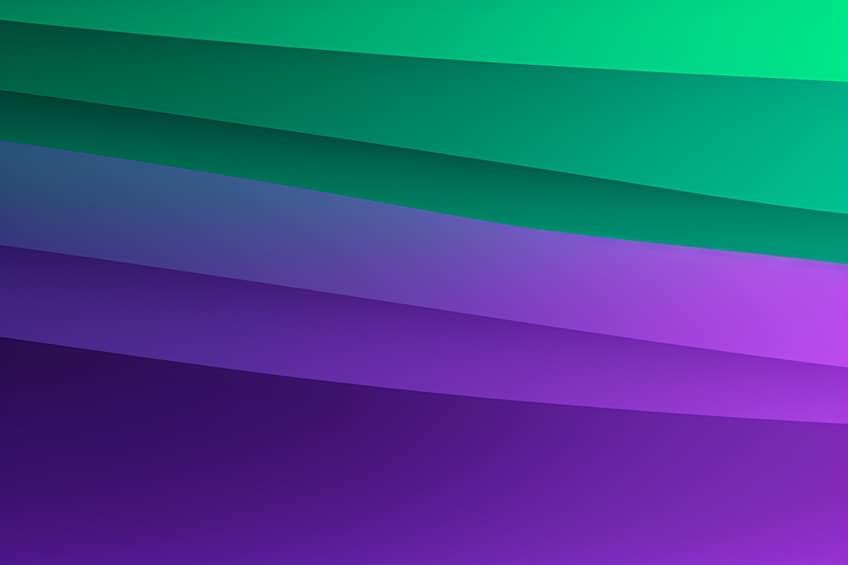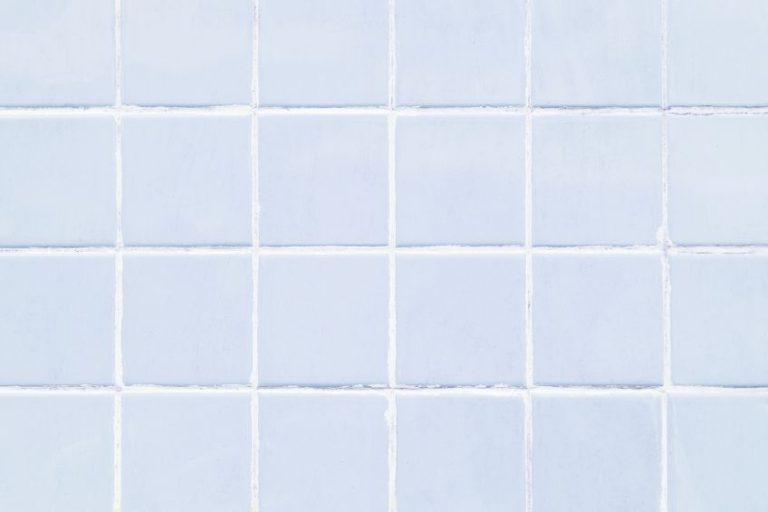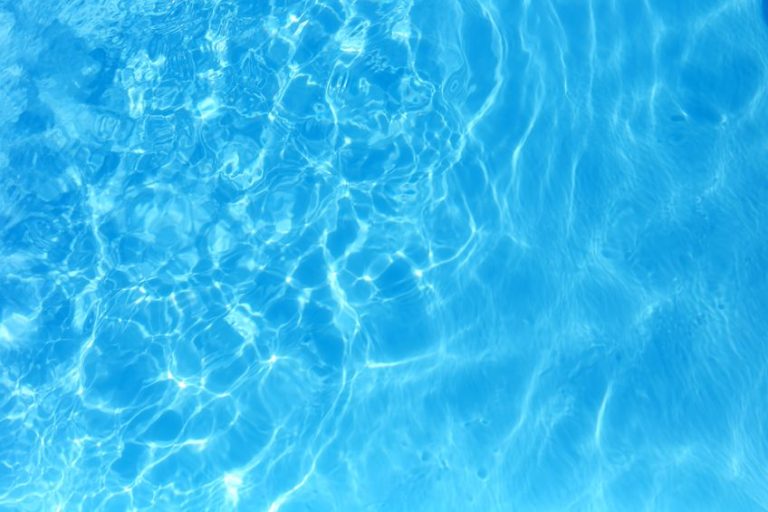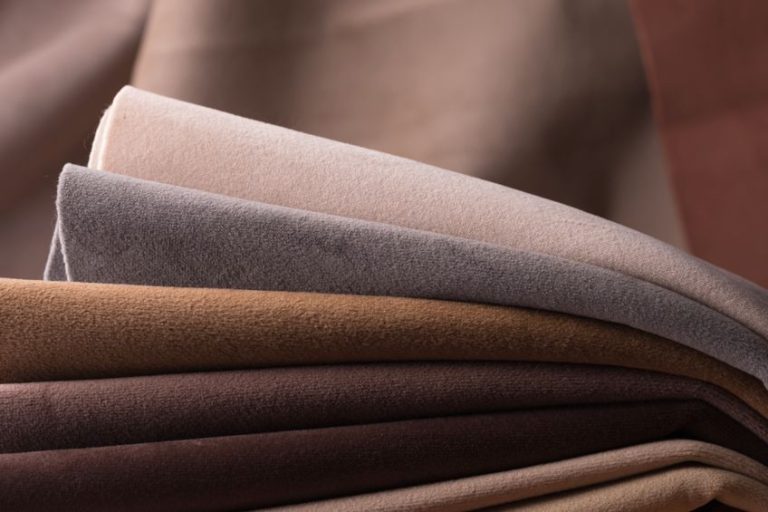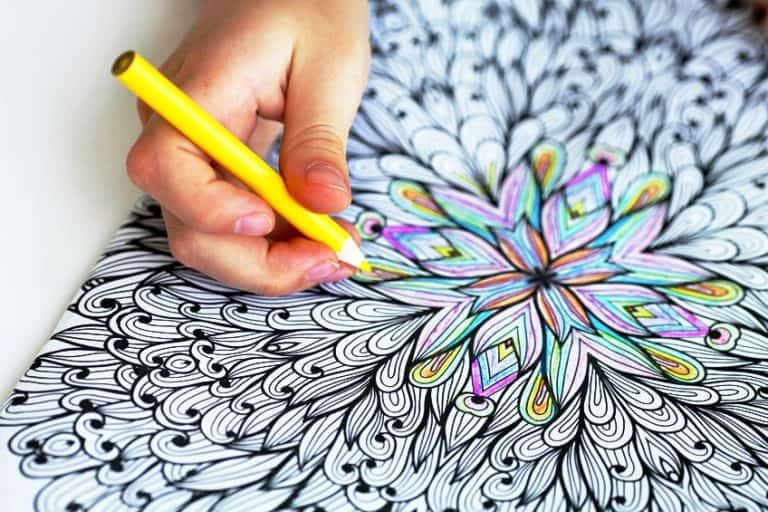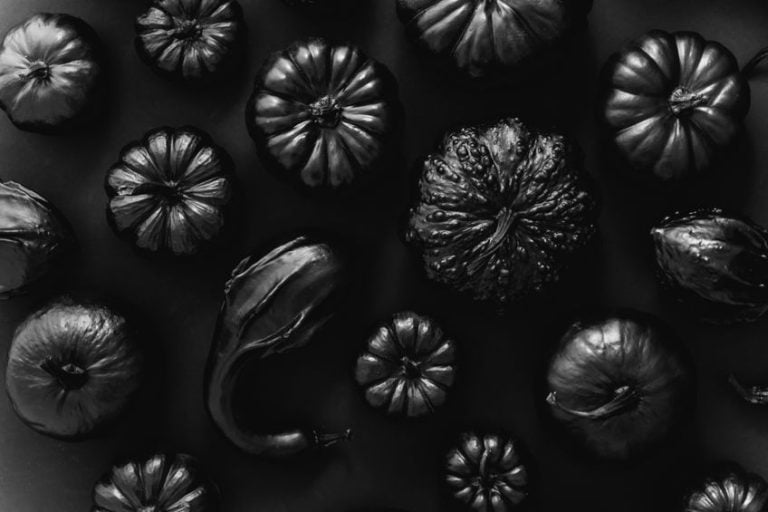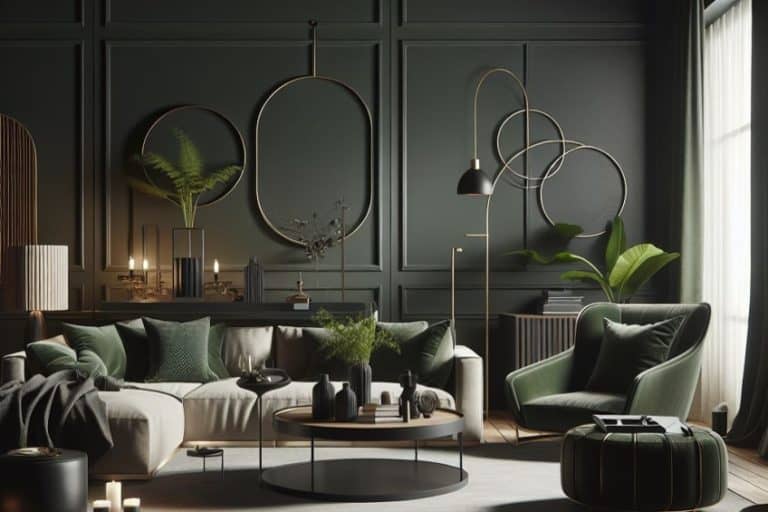What Does Green and Purple Make? – Including Mixing Recipes
Green is a favorite color for many, and you can find it in abundance in nature. Purple is a popular color, but you cannot find it by just looking out a window. Separately, these two colors are used in an array of different design ideas. However, what happens if you mix green and purple? Does it produce a more vibrant hue, or will we be looking at something less desirable? To find out, read further to discover what mixing green and purple produces!
What Does Green and Purple Make?
When you mix green and purple, you are also mixing yellow and blue, as well as red and blue. This means you have yellow, blue, and red, all mixed.
These are all your primary colors, and when this happens, you will get a more neutral brownish green or a dark muddy gray color.

The particular color you mix will depend on the amounts of each color and the type of color you use. For example, if there is more blue in the mix, it will lean more towards a gray color.
If you use violet or more green, you can get colors that range from a dark blue-gray to a darker green-blue color that could be a shade of turquoise. The color can also be a greenish-brown or muddy gray.
Overview of Results When Mixing Different Shades of Purple and Green
Depending on how much of each color there is and the type of color, you will get some kind of gray, blue, or brown combination. In paint colors, violet tends to be lighter and bluer. Although, paint colors also vary according to different brands and manufacturers. The best way to find out is to experiment with different shades and proportions of paint to see what happens.
| Green Shade | Purple Shade | Mixed Color |
|---|---|---|
| #008000 | #800080 | #404040 |
| #008000 | #663399 | #33594c |
| #008000 | #8A2BE2 | #455571 |
| #008000 | #9400D3 | #4a4069 |
| #008000 | #9932CC | #4c5966 |
| #006400 | #800080 | #403240 |
| #006400 | #663399 | #334b4c |
| #006400 | #8A2BE2 | #454771 |
| #006400 | #9400D3 | #4a3269 |
| #006400 | #9932CC | #4c4b66 |
| #2E8B57 | #800080 | #57456b |
| #2E8B57 | #663399 | #4a5f78 |
| #2E8B57 | #8A2BE2 | #5c5b9c |
| #2E8B57 | #9400D3 | #614595 |
| #2E8B57 | #9932CC | #635e91 |
| #556B2F | #800080 | #6a3557 |
| #556B2F | #663399 | #5d4f64 |
| #556B2F | #8A2BE2 | #6f4b88 |
| #556B2F | #9400D3 | #743581 |
| #556B2F | #9932CC | #774e7d |
Creating Lighter and Darker Shades of Green and Purple
Once you are done with mixing green and purple and it seems not quite right yet, you might need to adjust the color. The color created is usually dark, so to lighten it, you can simply mix in a little white paint. Keep adding tiny amounts until you are satisfied with the outcome. This is known as creating tints of color. You can also try adding more yellow to help lighten and brighten the color. Maybe you want an even darker version of the color you have made. You can add more blue to make it darker, or you can try also including very small amounts of black to darken it.
This is what is meant by different shades of color.
Meaning of Gray and Brown
Gray and brown are popular neutral colors in designs, especially interior designs. Gray is a color that symbolizes sophistication and simplicity. Gray is also seen as reliable and stable, and it has a comforting quality. Gray can also be an indication of maturity and intelligence. However, gray can also seem boring, dull, and emotionless. Brown is a warm and embracing color that also symbolizes simplicity. It forms part of the natural world and helps to promote harmony, security, and honesty.
Again, as with gray, brown can also seem dull as well as predictable.
Understanding Green and Purple Within Other Color Models
There are other methods of mixing green and purple, using different color models. Let us first look at how computer graphics work, as this is not the mixing of pigments, but it is the blending of light. For this, you have the RGB color version that has slightly different primary colors. With this color system, you have red, green, and blue primary colors. The secondary colors are also different and include cyan, yellow, and magenta.
This color model works differently and makes use of additive color mixing, where different wavelengths combine.
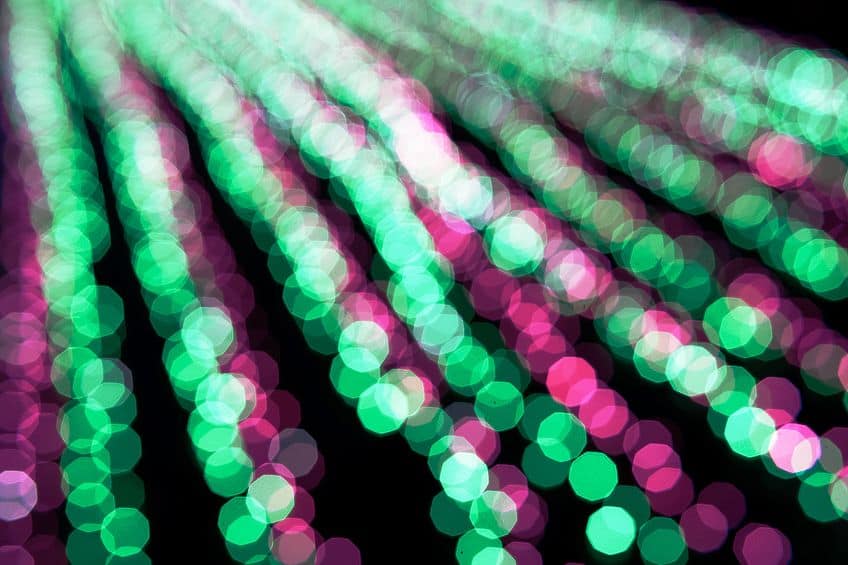
When you add all the different wavelengths or all the primary colors, you will get white light that has a slight bluish tint to it. This occurs when you mix green and purple light. White is the color of purity, hope, peace, and innocence and is the perfect neutral color. It also provides a fresh and clean feeling but too much of it can seem a bit cold. Blue is a cooling and calming color that instills loyalty and confidence.
Printing Color Model
The CMYK color system is used when you need to print something. Different color inks are used to create the various colors. This means the primary colors involved include cyan, yellow, and magenta, and then there is also black, which is represented by the “K”. This is again a subtractive color model, so when all the primary colors are combined, they will form black. The secondary colors formed in this system are red, green, and blue.
Green is a blend of yellow and cyan, while purple or violet is a blend of blue and magenta.
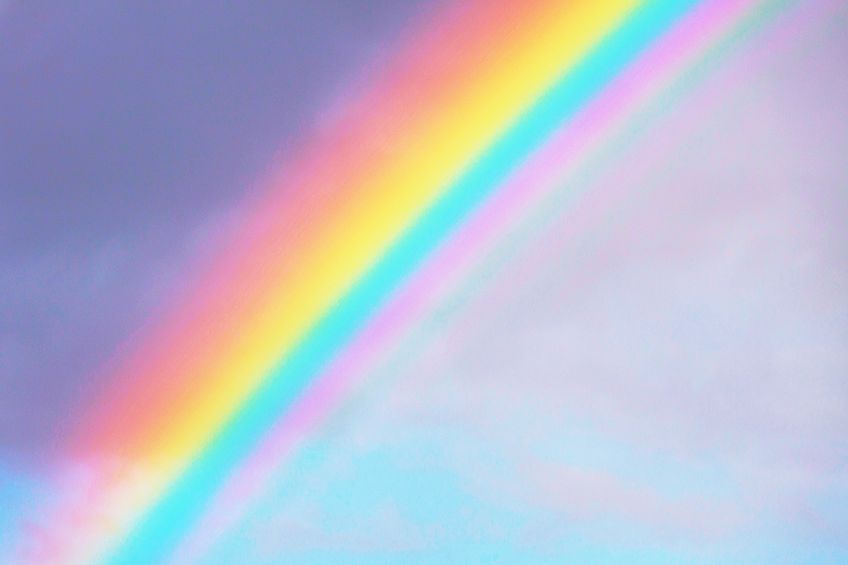
When you mix these colors, you are combining all the primary colors. Cyan, yellow, and magenta are all present, which will create black. Black is something that represents strength, elegance, power, formality, and sophistication. However, it can also be intimidating and can evoke feelings of sadness.
Uses of Green and Purple in Art and Design
Green and purple as separate colors that can work together for various design purposes. You can create some striking paintings from lavender fields and landscapes to abstract ideas. Both these colors paired, create a nice contrast and are perfect to use as a striking logo design or advertisement that grabs attention. These two colors are not quite as popular as other combinations for interior designs. However, if you are looking for a more retro look, you can include bright green and purple with other more neutral colors like gray.
You can also choose a lighter shade of green that can be used as a neutral color and then add pops of purple through room accessories like cushions or rugs.
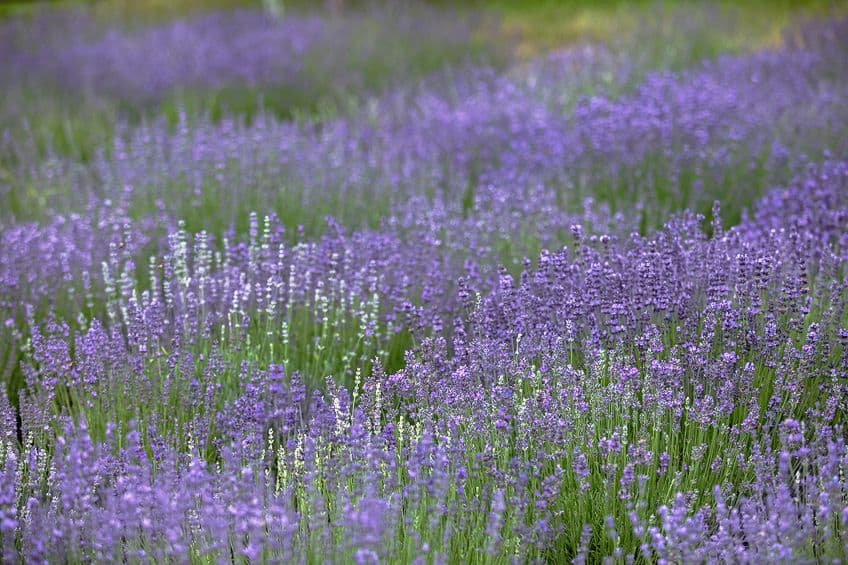
Both colors work well with shades of blue. Purple and green can also create a bold color combination in fashion. You can go bold or use lighter shades of green and purple to create a more subtle look. Choose a pale shade of green and add a pop of purple color with an accessory, such as a handbag or patterned jacket. The styles and combinations you can create are endless.
Green and Purple in Interior Design
When it comes to interior design, all shades of brown, and gray, and those containing hints of blue or green, will help to create an atmosphere that is calming and welcoming.
Lighter shades of these colors can also help to open up a space. When using grays and browns together, try to keep contrast in mind.
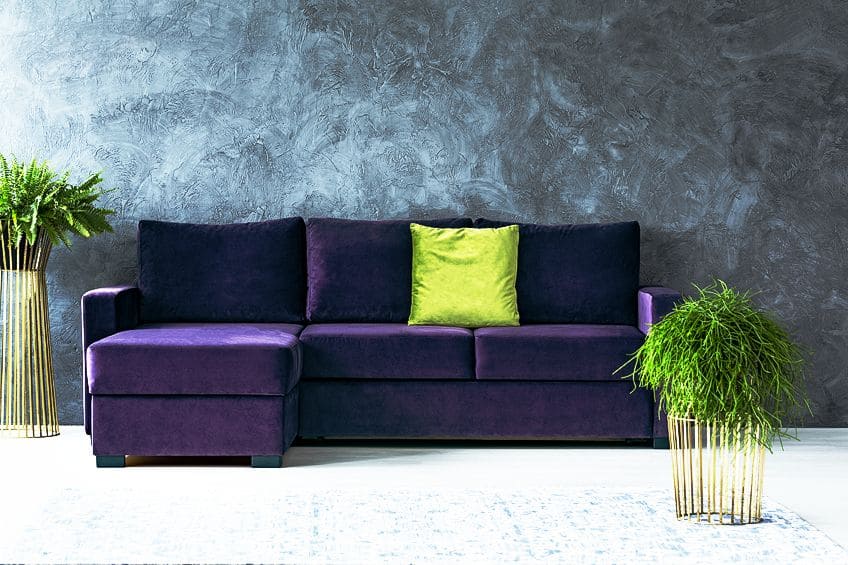
When using a darker brown, pair this with a lighter gray shade. Darker shades of brown can help make a room feel more intimate and comforting. Gray can work with any interior design style and works with most colors.
Green and Purple in Fashion
In fashion, gray is very versatile and is one of the more popular neutrals like white and black. It is the perfect balance between dark and light and can pair easily with other neutral shades like cream or beige. You can go all-out gray but try to bring in more colorful combinations.
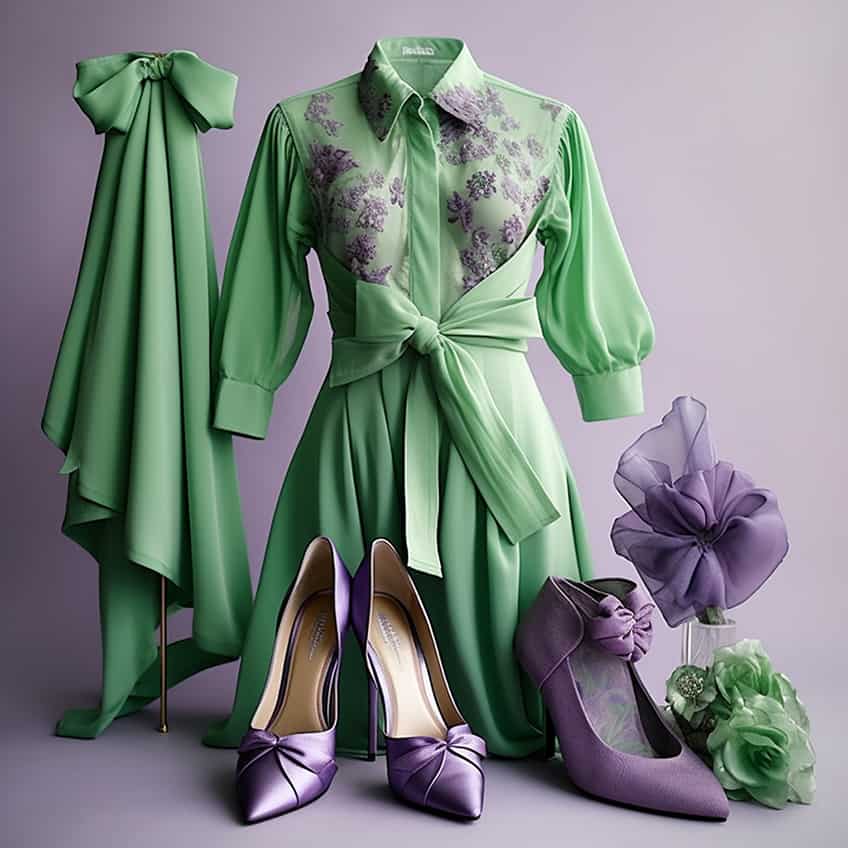
Gray can work wonderfully with pinks, yellows, and blues. Wearing brown remains trendy as this natural tone comes in great dark and lighter tones. Gray and brown combinations are also popular.
Frequently Asked Questions
What Does Green and Purple Make?
When mixing green and purple paint in equal amounts, you will get a greenish brown to a muddy gray color. The reason behind this revolves around all the colors that are involved. When mixing these colors, you are also blending all the primary colors, which is what produces the darker neutral color.
Does Green Pair Well With Purple?
Green and purple are not the most popular pair of colors to use, but they can work together. When you pair these colors, they will create a bit of contrast but can work in harmony if used properly. This can work in any type of design, from fashion to graphics and interior design.
Are Green and Purple Cool or Warm Colors?
When using the color wheel as a reference, you will observe that these two colors are both on one side, along with blue. All these colors are generally considered cool colors, while on the other side of the wheel, you have warmer colors like red and yellow.
In 2005, Charlene completed her Wellness Diplomas in Therapeutic Aromatherapy and Reflexology from the International School of Reflexology and Meridian Therapy. She worked for a company offering corporate wellness programs for a couple of years, before opening up her own therapy practice. It was in 2015 that a friend, who was a digital marketer, asked her to join her company as a content creator, and this is where she found her excitement for writing.
Since joining the content writing world, she has gained a lot of experience over the years writing on a diverse selection of topics, from beauty, health, wellness, travel, and more. Due to various circumstances, she had to close her therapy practice and is now a full-time freelance writer. Being a creative person, she could not pass up the opportunity to contribute to the Art in Context team, where is was in her element, writing about a variety of art and craft topics. Contributing articles for over three years now, her knowledge in this area has grown, and she has gotten to explore her creativity and improve her research and writing skills.
Charlene Lewis has been working for artincontext.org since the relaunch in 2020. She is an experienced writer and mainly focuses on the topics of color theory, painting and drawing.
Learn more about Charlene Lewis and the Art in Context Team.
Cite this Article
Charlene, Lewis, “What Does Green and Purple Make? – Including Mixing Recipes.” Art in Context. June 19, 2023. URL: https://artincontext.org/what-does-green-and-purple-make/
Lewis, C. (2023, 19 June). What Does Green and Purple Make? – Including Mixing Recipes. Art in Context. https://artincontext.org/what-does-green-and-purple-make/
Lewis, Charlene. “What Does Green and Purple Make? – Including Mixing Recipes.” Art in Context, June 19, 2023. https://artincontext.org/what-does-green-and-purple-make/.


